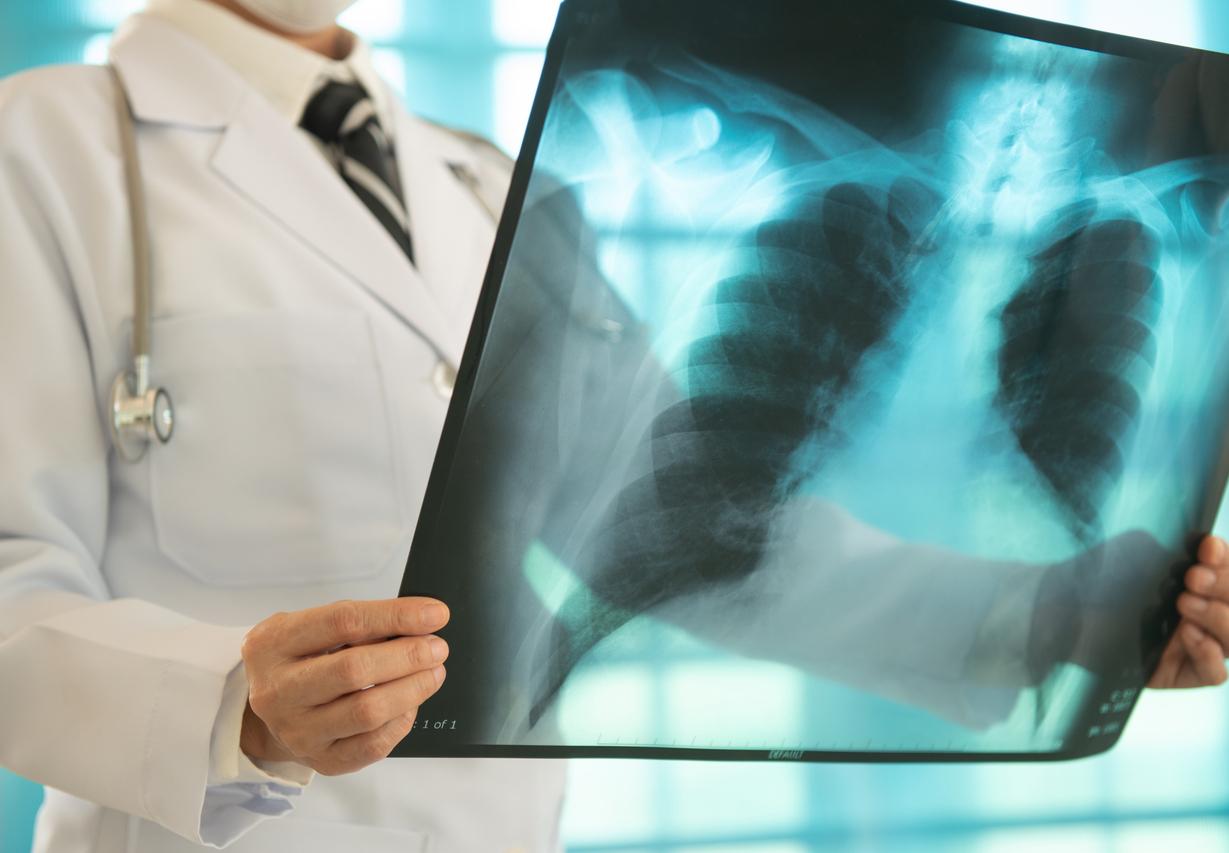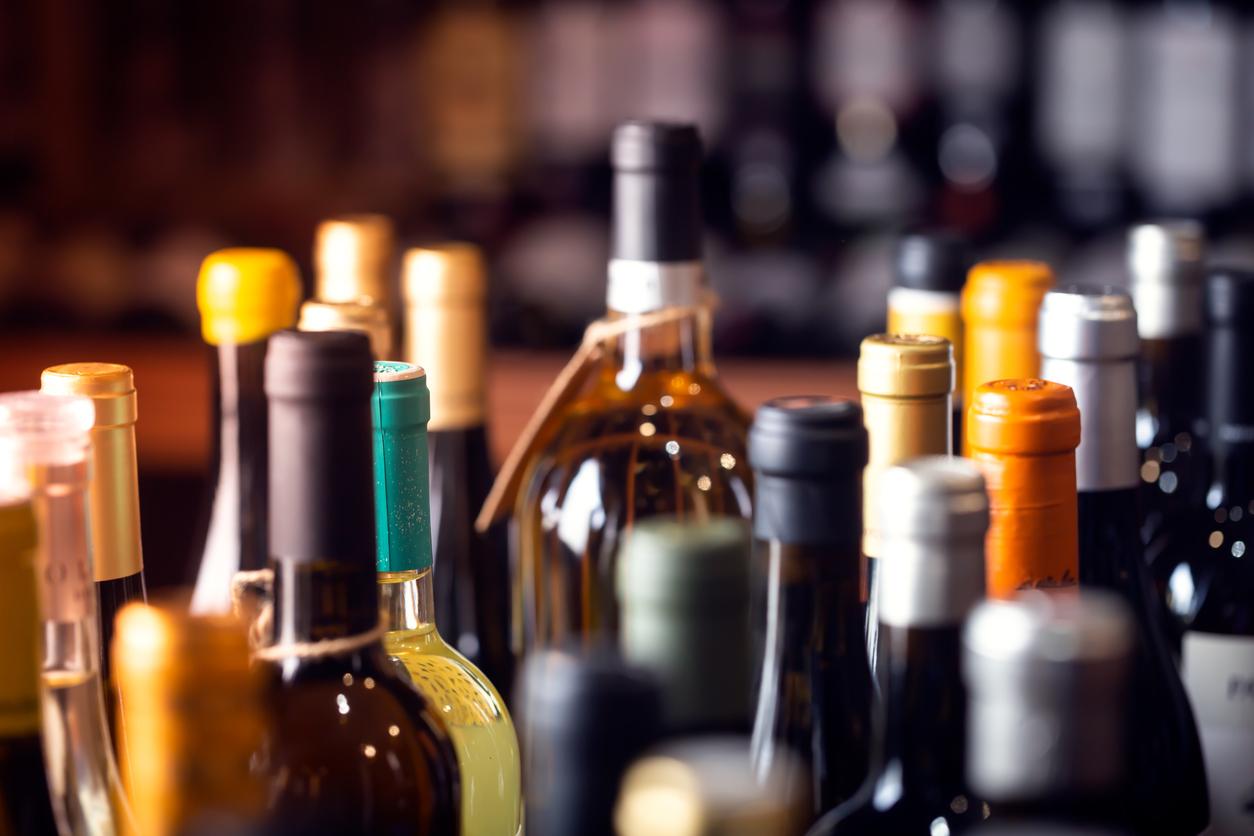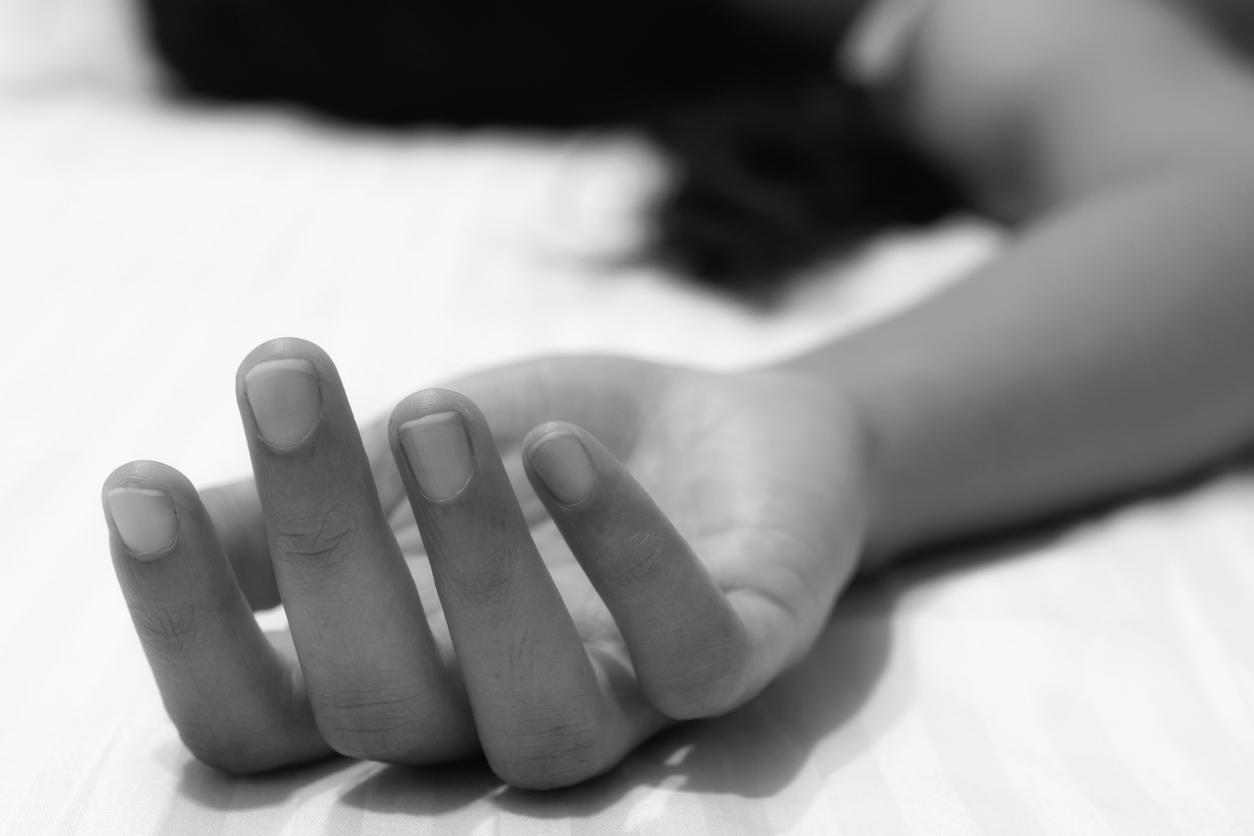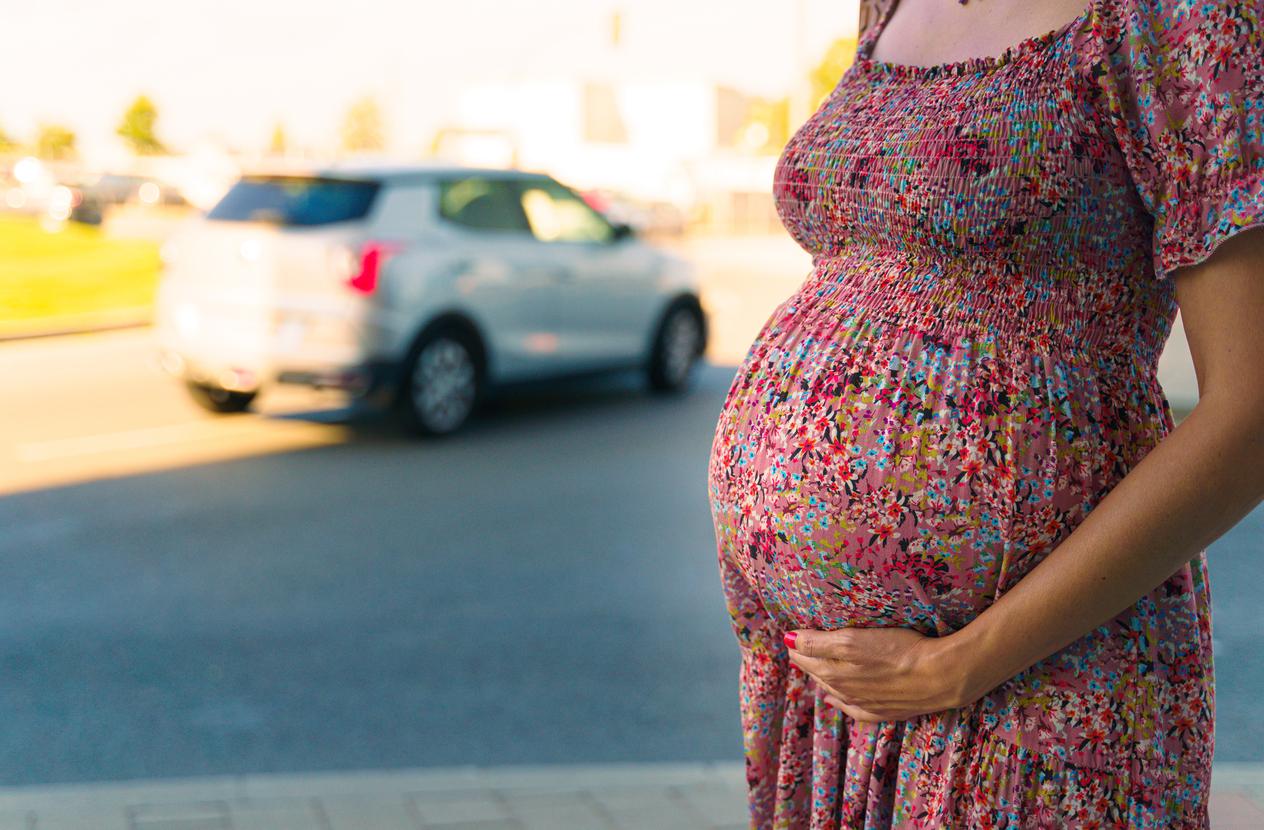Affected in recent weeks by a particularly strong re-emergence of the plague, a deadly disease caused by the bacteria Yersinia pestis, the island of Madagascar fears for the health of tourists. Indeed, while the authorities claim to have taken all the required sanitary measures and to provide free care in the country, a man died Friday, December 20 in Ivongo, near tourist areas, despite taking treatment.
According to reports released last week, the country has 160 cases of plague and a total of 50 people died out of the 110 cases treated. More than half of the patients would be affected by the most dangerous form of the disease and the only contagious from man to man through saliva: pulmonary plague.
Abnormal concentration
The heat and humidity of the African island, the second most affected country in the world, make it the ideal ground for the development of the disease, which appears between September and April. In 2012, it would have killed 103 people. L’World Health Organization considers the plague as a re-emerging disease, not to mention “the threat of the development of a strain of Yersinia pestis resistant to antibiotics”, warns thePasteur Institute of Lille.
Deforestation is believed to be at the origin of this resurgence of the disease: deprived of their natural habitat, the rats are forced to migrate to the villages, attracted by the garbage. And it is their fleas that are the source of the epidemic. This year, the director of the Institut Pasteur in Madagascar, Christophe Rogier, is particularly worried: “Usually, these are small outbreaks with only a few individuals affected. This time, it is abnormal, because there are a concentration of cases in a home “, he explains to the World.
















